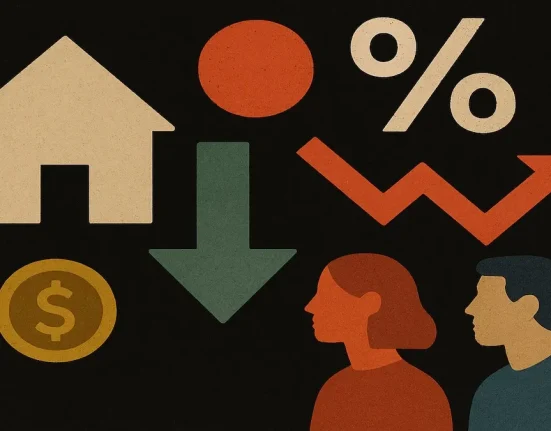This is according to HECM endorsement data compiled by Reverse Market Insight (RMI), and HMBS issuance data from Ginnie Mae and private sources compiled by New View Advisors.
HECM endorsements, HUD data
Jon McCue, RMI’s director of client relations, told HousingWire’s Reverse Mortgage Daily (RMD) that rate movements are the likely culprit behind last month’s volume increase.
“With only having case number assignments through January and not much improvement from December’s number, we can only speculate that with rates having come down from the high in October it is finally playing through for the April data,” McCue said.
McCue also expanded on an observation that RMI posted in its update: More regular HECM data is starting to be posted by the U.S. Department of Housing and Urban Development (HUD), which has had more limited releases of data since the transition to the new administration in January.
Some of this appears to stem from a recent website redesign unveiled by the department, McCue said.
“During that [redesign] process, many pages people in the industry rely on for data for all sorts of reasons were drastically delayed on being updated,” he said. “Then, some of those pages just went away. Many of us in the industry inquired about what was going on, and then one day those pages were back with some updated data, but not much.”
Right now, the HECM-related datasets are still lagging by roughly one to two months, but “it appears they are working to get caught up,” McCue said. “That has been a great relief to many, not just RMI. This data is vital to so many in the industry, including [the National Reverse Mortgage Lenders Association (NRMLA)] and all of the [HMBS] issuers.”
Regionally, all but one of the 10 tracked geographic regions posted volume gains, RMI explained. With only the exception of the Midwest, “everything was in the green from the prior month,” McCue explained.
“What is driving business in any one place is much harder to decipher than what is slowing business. When we see natural disasters, for instance, we generally see that region slow for a month or so,” he said.
Rates still remain elevated by historic standards, but the industry appears to be finding its footing inside a “new normal,” McCue said.
“Everyone is getting used to the higher rates, which is allowing borrowers to move forward, and loan officers are figuring out how to make the deals work,” he said.
HMBS issuance
A total of 81 HMBS pools were issued in April — 11 more than in March — New View report. In noting the rise in HMBS issuance for the month, New View Partner Joe Kelly told RMD that this conforms with prior years.
“Since 2015, April issuance has significantly exceeded March issuance by an average of about 20%,” he said. “The most likely culprit of this seasonal phenomena is the looming liability of Tax Day on April 15th.”
When asked about ways that rate volatility may have impacted issuance so far this year, Kelly said that the impact was scarce if discernible at all since interest rates “have not been volatile,” he said.
“Compared to other six-month periods in the past few years, the 10-year Treasury for the last six months has been significantly less volatile. HMBS issuance has remained in a fairly tight monthly range,” he said.
The performance of the issuers themselves are also consistent with totals they pulled in last year, he said. Meanwhile, other outstanding issues — like the consistent posture that Ginnie Mae has maintained for the portfolio dubbed “Issuer 42” that formerly belonged to Reverse Mortgage Funding (RMF) — have not changed much.
“There is no evidence of any change in the posture of ‘Issuer 42,’ nor can we know if the new administration has given Ginnie Mae specific guidance with respect to the disposition of the portfolio,” Kelly said.
“So far, Ginnie Mae is following her sister Fannie Mae’s example and letting its reverse mortgage portfolio run off. Issuer 42’s HMBS liability has declined from approximately $21 billion to $14.5 billion in the two-plus years since Ginnie Mae took over the RMF portfolio.”
But Kelly advises that “HECM and HMBS volume will remain weak for the foreseeable future, so long as the initial HECM Mortgage Insurance Premium (MIP) remains high, and the incentive to refinance remains low for many current HECM borrowers.”







